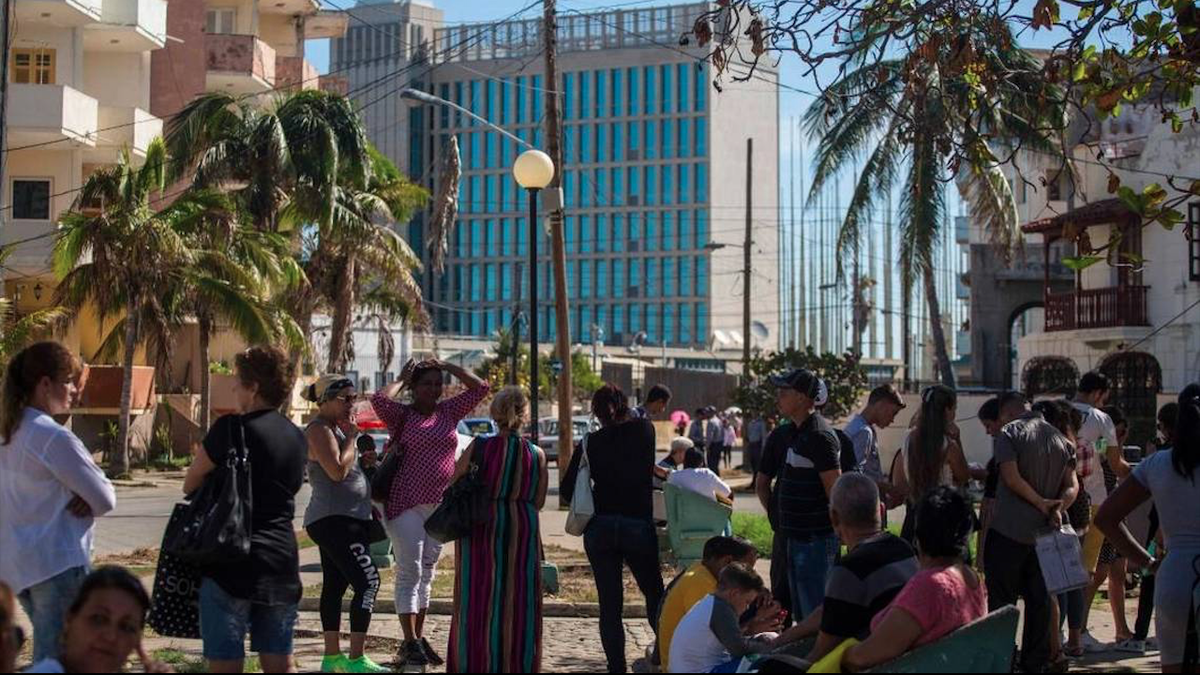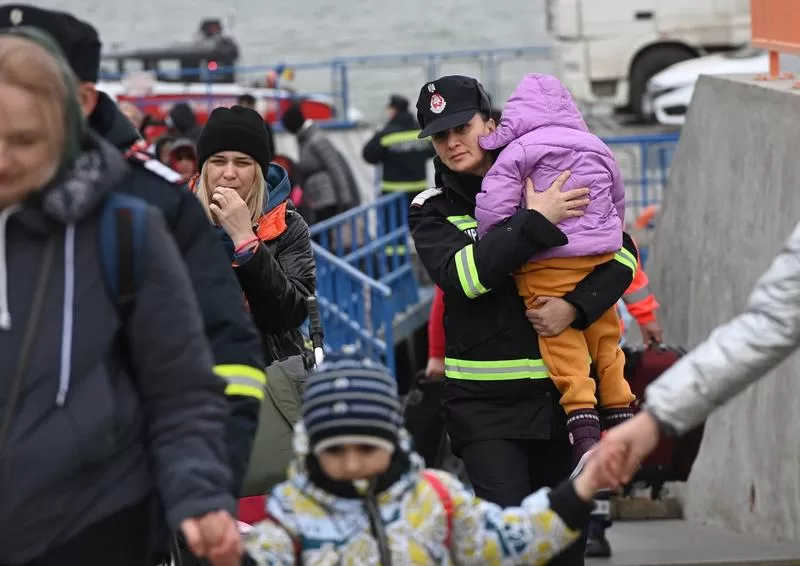The process of family reunification to which Cubans and Haitians have had access for several years has just been updated by the US government in order to “modernize” the steps that beneficiaries must go through, the Department of Homeland Security (DHS) announced Thursday. its acronym in English).
The changes will allow Cubans and Haitians to complete most of the family reunification process on an online platform and remove the requirement to be physically present in Cuba or Haiti in order to participate, maintaining that they must be outside the US.
The case of the Cubans
Unlike other nationalities that also receive parole through family reunification, Cubans are eligible to receive permanent residence in the US one year after their arrival thanks to the Cuban Adjustment Act. That is, they should not wait for their immigrant visa to become available.
For Cubans, once they are invited to participate, USCIS required them to complete Form I-131, known as a travel document application.
USCIS required that beneficiaries go through an interview in Havana to verify their eligibility for the program. However, according to DHS, due to interview “capacity challenges” in Cuba and the backlog of cases, no new invitations for the family reunification process had been sent out since August 23, 2016.
With the new updates, USCIS will resume sending letters to family reunification petitioners with pending Form I-131.
However, the process will no longer require an in-country interview for each beneficiary.
“USCIS has had limited ability to conduct interviews due to operating restrictions in Cuba. Specifically, while the State and USCIS are working to fully resume operations in Havana, these efforts are taking time to fully take place, which is why DHS is implementing these operational changes,” Homeland Security noted.
So then, the first step would be to receive the invitation from the State. Then, the relative in the US must fill out Form I-134 to demonstrate income in the country. In the third step, the beneficiaries must submit the required information in the USCIS account created for the process.
After confirming the information, the beneficiary will receive access to the CBP One app to enter their biographical information and a photo. Finally, you will receive a decision from USCIS on the authorization to travel to the US.
The “parole” through family reunification for Cubans was established in 2007 through the US Citizenship and Immigration Service (USCIS) as part of the migration agreements established between the two countries in 1995.
The Cuban and Haitian communities in Florida have grown rapidly since the COVID-19 pandemic exacerbated the crises that the two Caribbean nations are experiencing. In parallel, Haiti goes through one of its worst violence in decades.
The two countries have registered record exoduses to the US in the last two years, in which departures by sea have also increased in numbers not seen in the last five years.



